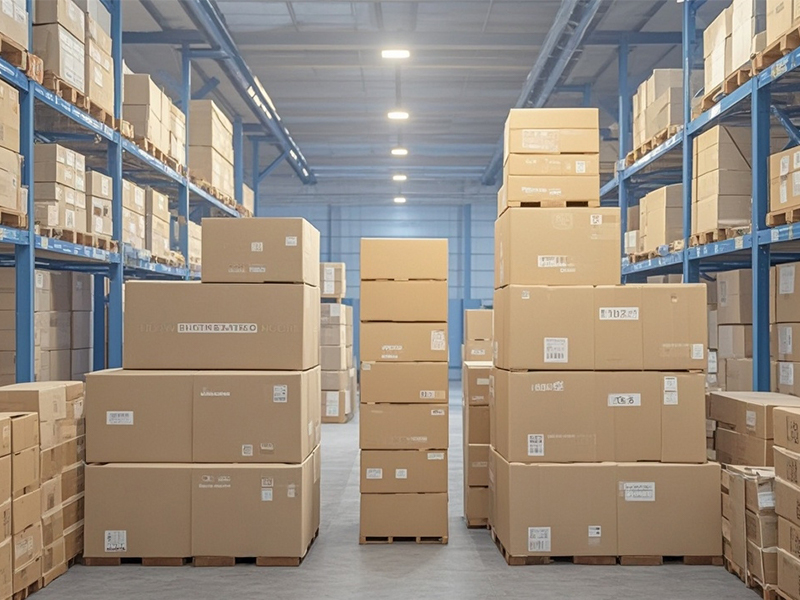In the context of the increasingly globalized global economy, the cross-border logistics market in Southeast Asia is ushering in unprecedented opportunities and development potential. As the engine of economic growth in Southeast Asia, cross-border logistics not only promotes trade, but also creates more business and cooperation opportunities for enterprises. Let’s explore this rising market and the opportunities it holds.

With its rich resources, vast market and fast-growing economy, Southeast Asia has become the focus of global business. As a bridge connecting Southeast Asia and the world, the cross-border logistics market plays an indispensable role. It provides an efficient and convenient logistics network to flow goods, funds and information among Southeast Asian countries. Whether it is traditional manufacturing, e-commerce or emerging technology industries, cross-border logistics provides enterprises with opportunities to access global markets.
With the continuous growth of trade and the strengthening of interconnection among Southeast Asian countries, the cross-border logistics market has also shown a momentum of rapid development. Singapore, Thailand, Malaysia, Indonesia and other countries have become important nodes of cross-border logistics in Southeast Asia, attracting the attention and investment of many logistics companies. These companies are committed to building an efficient and reliable logistics and transportation network to meet the growing demand for goods.
In the context of increasingly fierce market competition, cross-border logistics companies are actively innovating and improving services to improve transportation efficiency and customer experience. The application of digital technology makes cross-border logistics inquiries more convenient and transparent, and customers can track the location and status of goods in real time. At the same time, logistics companies have also strengthened cooperation with e-commerce platforms to provide integrated logistics solutions for e-commerce companies and help them better expand their markets.
In addition to creating business opportunities for enterprises, the Southeast Asian logistics line has also brought positive impacts on the local economy and employment. The development of the logistics industry not only provides a large number of employment opportunities, but also drives the development of related industries and promotes the growth of the regional economy. This provides Southeast Asian countries with more economic vitality and development momentum.

However, the cross-border logistics market in Southeast Asia is also facing some challenges and problems. Differences in regulations and standards between different countries, imperfect infrastructure, and pressure on logistics costs are all problems that need to be overcome at present. Therefore, logistics companies and relevant stakeholders need to strengthen cooperation to jointly promote the development and reform of the cross-border logistics market.
In short, the rise of the cross-border logistics market in Southeast Asia has brought unprecedented opportunities for enterprises and injected new vitality into the vigorous development of the regional economy. Through continuous innovation and cooperation, logistics companies can provide customers with more convenient and reliable global supply chain solutions. At the same time, the government and relevant institutions should also actively formulate policies and provide support to promote the prosperity and sustainable development of the cross-border logistics market. Let us seize this opportunity together to promote the vigorous development of the cross-border logistics industry in Southeast Asia and contribute to the prosperity of the regional economy.

 alt=""
alt="" 


 Logistics line quotation
Logistics line quotation Cross-border express order
Cross-border express order 24 hours online customer service
24 hours online customer service Huixiang Cross-border Logistics all rights reserved
Huixiang Cross-border Logistics all rights reserved 






